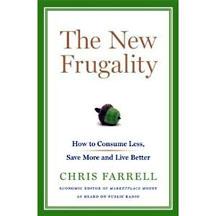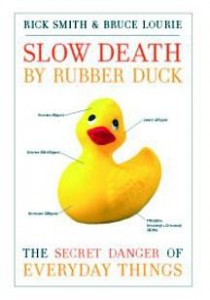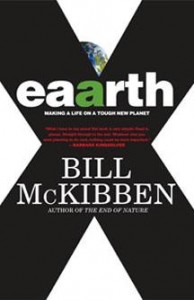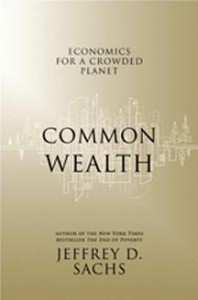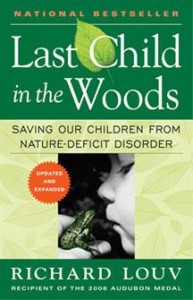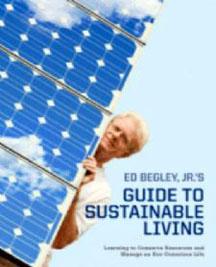Selections From the Sustainable Book Shelf
- Share
- Tweet
- Pin
- Share
The New Frugality
By Chris Farrell
Farell, American Public Media’s economics editor, says that with lending tight Americans aren’t likely to revert to their consumerist ways as quickly after this economic crisis. That means less purchasing junk, and more purchasing value.
Slow Death by Rubber Duck: The Secret Danger of Everyday Things
By Dr. Rick Smith and Bruce Lourie
Over four days the authors ingest and inhale a host of things that surround us every day, all of which are suspected of being toxic and posing long-term health risks to humans. By revealing the pollution load in their bodies before and after the experiment they tell the inside story of seven common substances.
Eaarth
By Bill McKibben
Our hope depends, McKibben argues, on scaling back – on building the kind of societies and economies that can hunker down, concentrate on essentials, and create the type of community (in the neighborhood, but also on the Internet) that will allow us to weather trouble on an unprecedented scale.
Common Wealth: Economics for a Crowded Planet
By Jeffrey Sachs
Sachs argues for a new economic paradigm for a crowding planet and illustrates how “soft issues” – environment, public health, population growth, and extreme poverty – will become difficult geopolitical issues in the coming years.
Last Child in the Woods: Saving Our Children From Nature-Deficit Disorder
By Richard Louv
Louv links the rise in obesity, depression and attention disorders in children with the lack of nature in their lives. Louv combined studies which shed light on how a child’s direct interaction with the natural world is a key component in their development both physically and emotionally.
Guide to Sustainable Living
By Ed Begley Jr.
Begley’s DIY book covers everything for resource conservation in your own home. Begley takes you step-by-step, starting with an energy audit through deep energy conservation measures and finally to on-site power generation.

